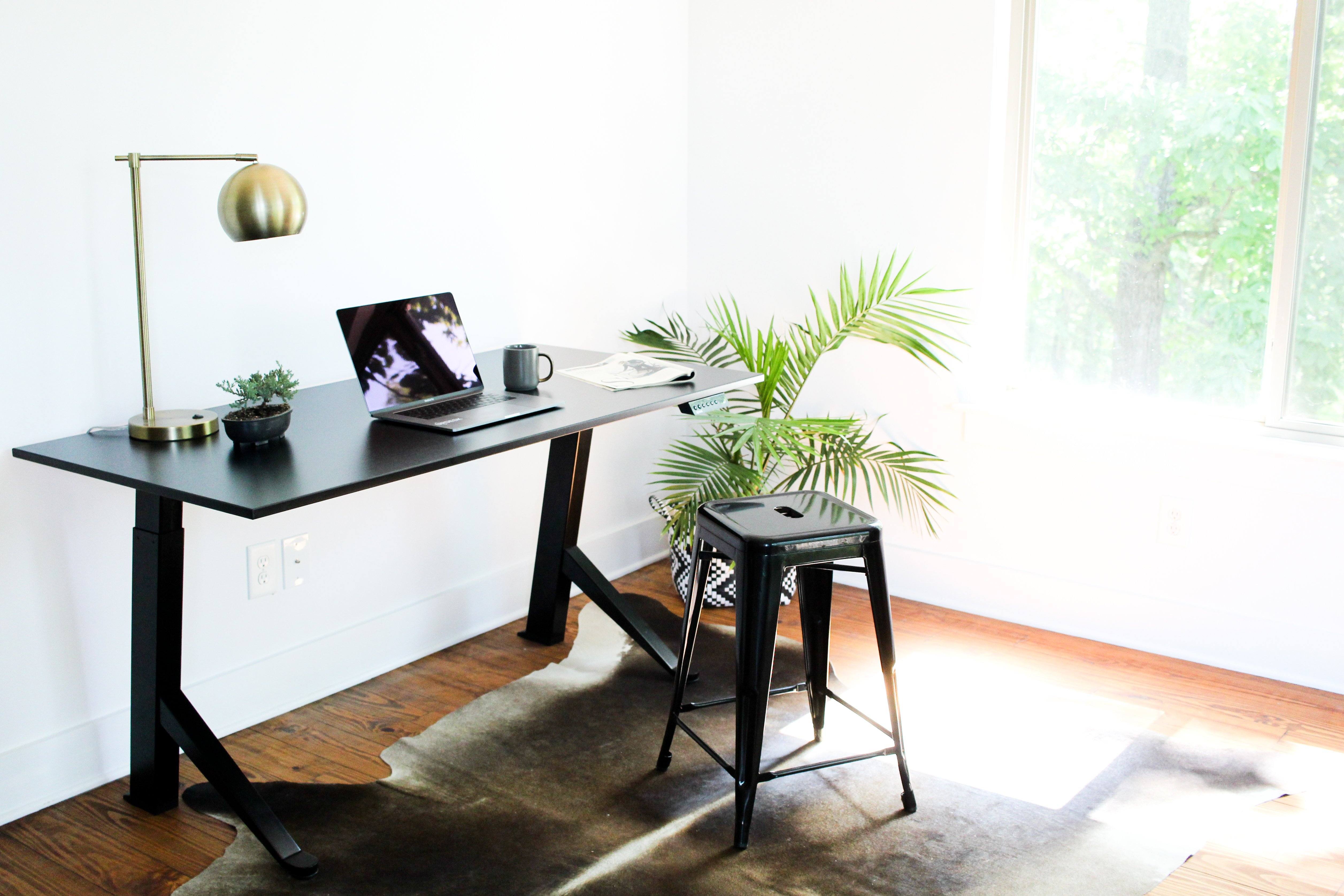Warning: The following article is based on a true story.
Our mission (if we chose to accept it) was to save the company money and find some inexpensive computer desks for the office. At first we thought it sounded pretty simple especially for highly-trained special agents like us. We'd look at the features and prices of a few cheap desks and we'd be finished. So we accepted the mission.
At first things went pretty smoothly. We looked at big desks small desks short desks... you get the idea. We found that standing desks like the UpWrite the SquaredUp and the PowerUp were a little more expensive than their traditional office desk counterparts. We'd expected that just like we would expect an indoor bathroom to be a little more expensive than an outhouse and like we would expect a car to be more expensive than a horse and carriage. But the boss needed us to save him money so we kept on looking at cheap desks. And that's when things got complicated. Because that's when we stumbled across a classified document entitled "Sitting: The Most Unhealthy Thing You Do."
After poring over this highly-classified study (which has recently been published on a popular health website) we realized that there are some hidden costs built into traditional office desks - things like lower insulin production weight gain and cardiovascular disease. This sounded like trouble but we needed to know more so we kept reading. We learned that the longer we sit at a normal computer desk the more our blood cells thicken and the more our circulation slows. And then the food we just ate for breakfast turns into fat because our muscles don't need the calories. That's when the trouble starts.
The price of a traditional office desk was getting expensive and the mission was starting to sound like more than we bargained for. But we couldn't just abandon it at this point - we needed to know more. We needed to know if exercise could undo some of the damage. But the more research we did the more we realized that going to the gym a couple times a week can't undo all the health problems that can result from sitting at a traditional computer desk all day.
With our mission in serious jeopardy we knew we had only one option: Cornell ergonomist Alan Hedges. Alan had been in deep cover for years but we needed his advice. Fortunately it turned out that he had already been quoted in the article so we didn't have to bother him. Unfortunately his recommendation - people who work at a desk should stand for 18 minutes every hour - was not what we wanted to hear. There was no way we could sacrifice nearly a third of our work day. With heavy hearts we were about to abort the mission. And then we remembered the UpWrite the SquaredUp and the PowerUp. We realized that with standing desks we wouldn't have to waste that third of our work day. We could spend it standing (or dancing) at our desks. Our mission was accomplished.




